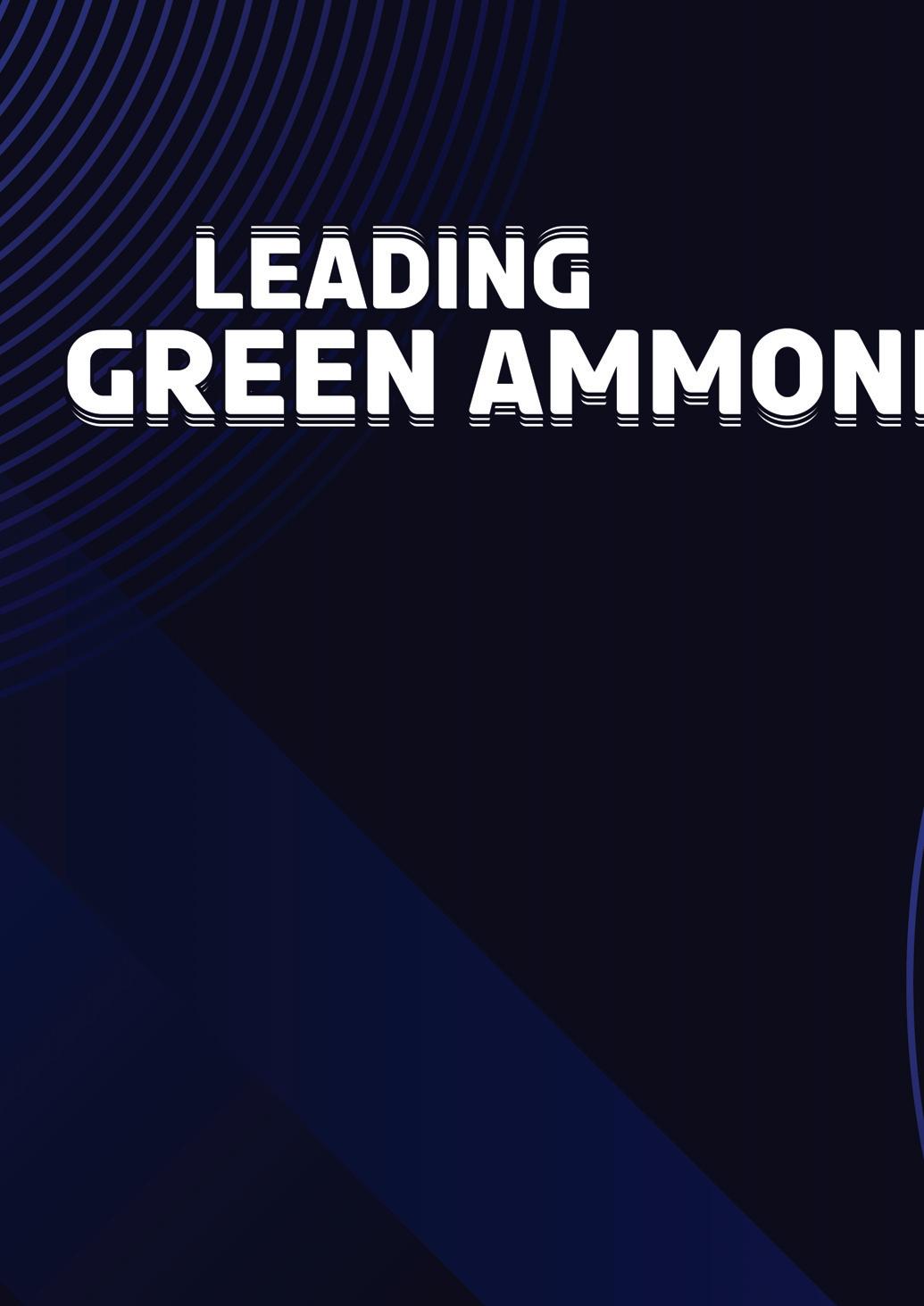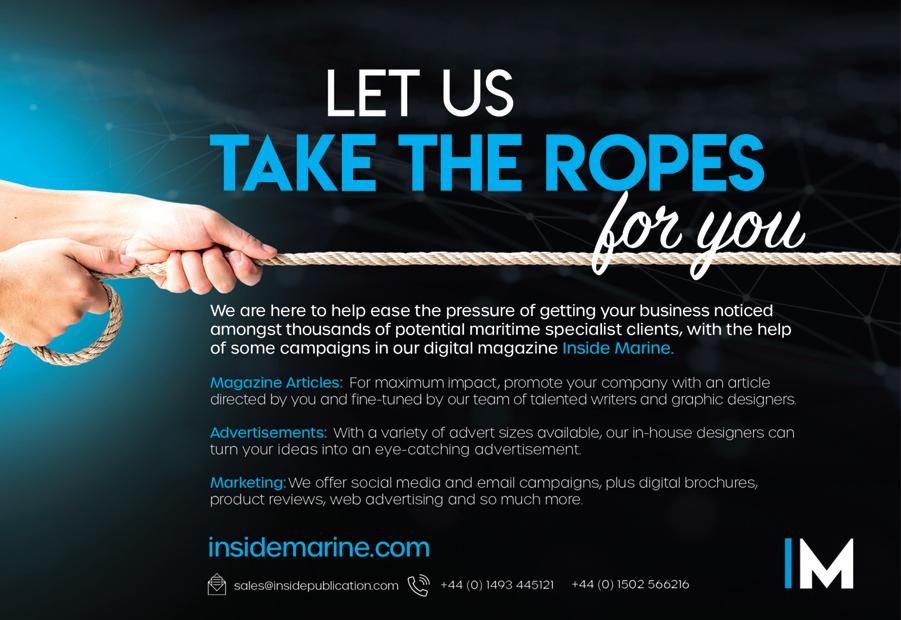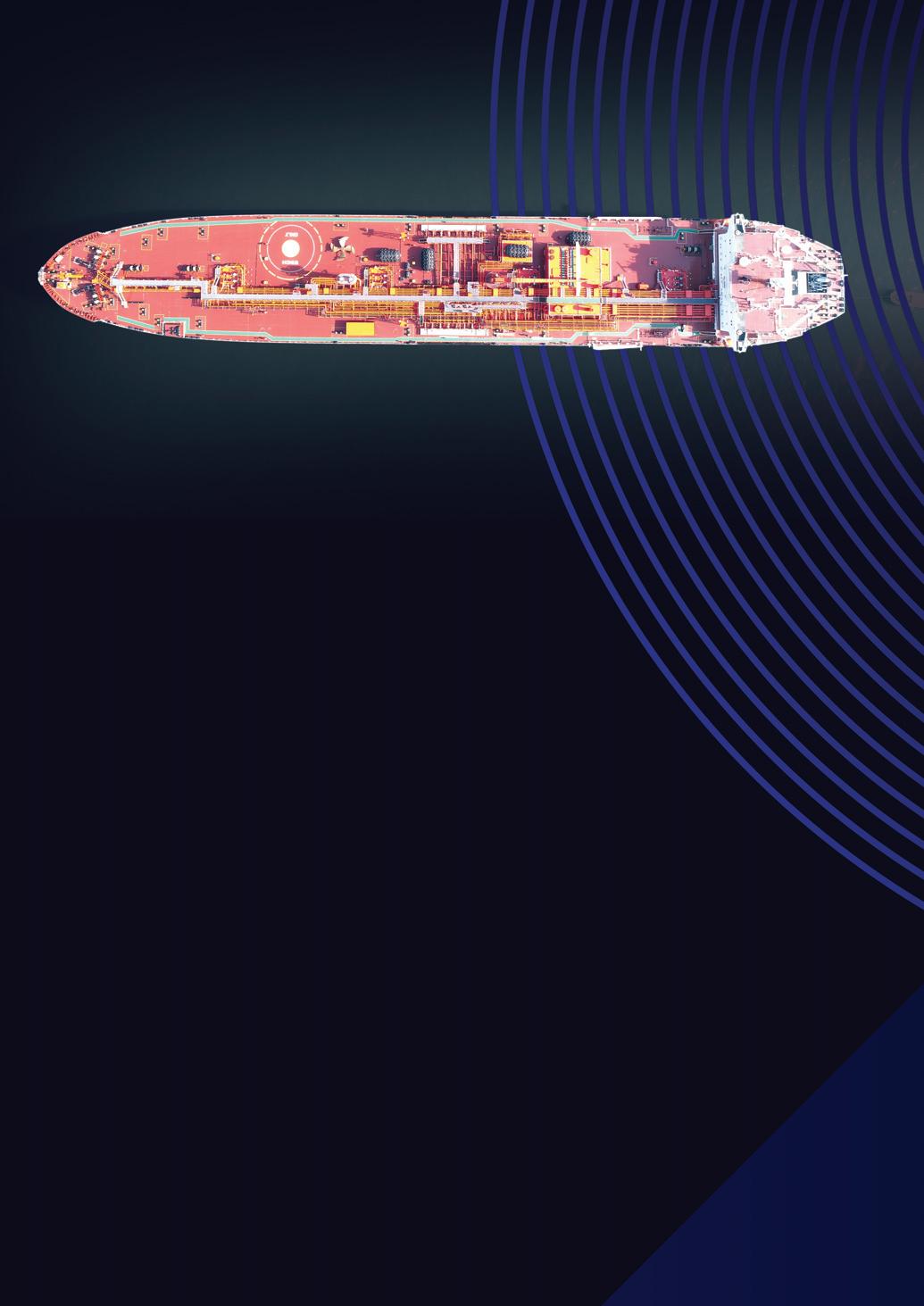








Since its establishment in Beirut in 1972, NAFTOMAR has developed to become a major player in the LPG field. The company, now based in Greece, provides a successful international service dedicated to the transportation of liquid gases. Now, NAFTOMAR is moving into the emerging green ammonia market. Hannah Barnett spoke to Fleet and Technical Director, George-Paul Perantzakis, to learn more.
SApart of the evolving requirements of the shipping industry, and in support of the adoption of carbon-neutral fuels, NAFTOMAR recently ordered four VLGCs with the prospect of being powered by ammonia. The vessels will also enable the seaborne carriage of liquid ammonia as a practical means to transport green energy.
“NAFTOMAR stands out because we have experience in the transportation of ammonia as cargo,” said Mr Perantzakis, Fleet and Technical Director. “In other words, we know what we’re talking about. And we know the risks. We have been in the industry for decades; we have developed our capabilities alongside the best in the business.”

The best in LPG NAFTOMAR is dedicated to quality and service, known for anticipating the requirements of customers and setting the highest standards to comply with changes in maritime legislation.
Mr Perantzakis explained how the company is firmly back on its feet after the ravages brought about by the Covid pandemic.
“We utilised the circumstances to engage in different activity,” he said. “We have expanded into the tanker business for the first time in our 50 years and have created a fleet of five product chemical tankers. It’s a very successful part of our diversification goals and we have had the opportunity to take advantage of a very solid market.”






Alongside the investment in five tankers, the company currently operates a combined LPG fleet of owned and chartered-in vessels of more than 22 units. NAFTOMAR employs around 120 staff and, through digitalisation, is further developing internal processes and improving performance. It maintains a constant number of subcontractors and a very high retention rate for the crew onboard.
With the recent order of four large ammonia carriers, NAFTOMAR is embracing decarbonisation head-on. The vessels will be built by shipyard Hanwha Ocean in South Korea under Bureau Veritas classification. With a capacity of 93,000 m3, the ships are among the world’s largest ammonia carriers ordered so far and are set to be delivered from 2026.
“We are strong believers in the clean ammonia development,” Mr Perantzakis explained. “We want to be at the forefront of the technology and to be one of the major players of ammonia commercially –both in the fuel and the transportation of it.
“This is a developing market with a very big potential. Ammonia is one of the few carbon-free molecules available in liquid gas form and can be carried with the

“WE WANT TO BE AT THE FOREFRONT OF THE TECHNOLOGY AN PLAYERS OF AMMONIA COMMERCIALLY, BOTH IN THE FUEL AND
existing technology. So, it is therefore logical that this is one of the fuels necessary for the decarbonisation of our industry.”
The ships will be fitted initially with a ME-LGIP LPG dual-fuel engine, ready to be converted to use ammonia as fuel when the MAN ES ammonia engine retrofit kit is made available. The fuel supply system, as well as all other auxiliary and safety systems including bunkering, fuel preparation rooms and piping, will be able to

BE ONE OF THE MAJOR
TRANSPORTATION OF IT”
handle both LPG and ammonia to facilitate a swift conversion.
“This is a world first: they’re going to be very sophisticated vessels ready to burn ammonia fuels, not just on paper, but in actual terms,” Mr Perantzakis explained. “We feel very strongly about this because we are one of the few companies in the world with such a long experience in ammonia; we have been transporting it for almost 30 years.”
In the longer term, the objective is for the ships to consume their green ammonia cargo as fuel for transportation. This, combined with use of biofuel as the pilot fuel (which is required in all ammonia engine technology) will make these ships truly carbon neutral in transporting their zero carbon and sustainable green cargo.
“We are one of the most experienced operators in ammonia and we have the competitive advantage that our crew is already familiar with ammonia cargo,” said Mr Perantzakis. “Ammonia fuel will be a natural progression without major challenges on our side.
“We are trying to further develop the operations and the technology of the green ammonia transportation. We offer a combination of the technology incorporated in our fleet plus the parallel knowhow on ammonia to support our clients in the energy transition.”
To engage in a process as important, but complicated, as the energy transition, NAFTOMAR must work closely with most of the major players in the market. This includes companies involved in

design, technological development, and potential consumers.
“We are very proud of our reputation as a company,” said Mr Perantzakis. “For all these innovative developments to work, we rely on long-term relationships. A very important thing for us with any of our clients or suppliers is to have open communication and direct exchange of information. We work with them to understand their needs, and their requirements in the future, to plan our common steps forward in a way that will be beneficial for both parties.”
Of course, numerous challenges remain to make green ammonia a reality: certain technological aspects are still in development. However, NAFTOMAR remains confident that it is on the right path.
“The other challenge is developing of the necessary infrastructure for the energy

transition,” Mr Perantzakis explained. “because what currently exists is not suitable for the requirements of the future. So, we need to grow ports, we need to expand facilities and we need to improve the production phase. We also need to develop the business model in order to firmly establish what is practically a completely new market.
“A certain amount of this progress is also based on the decisions of the governments of each country. They need to understand how fast this transition must be carried out, because the global decarbonisation targets are set quite clearly on the horizon, and we have to be able to meet them.”
Remaining at the forefront of change is vital for the survival of NAFTOMAR and the industry that surrounds it.
“Innovation is a critical issue for us,” Mr Perantzakis concluded, “because the gas market has always been very advanced, but things are moving even faster now. We must keep up with the pace of change; and the energy transition is something that is a challenge for everybody.
“But if we don’t act now, as a supplier and exporter of clean ammonia, then the market will not be there when required. We are needed to provide the necessary
quantities of green ammonia in the future, and to be there with our ships to transport a commodity that will be used by many other consumers. We are the critical link in the chain to meet the decarbonisation targets on time.”


